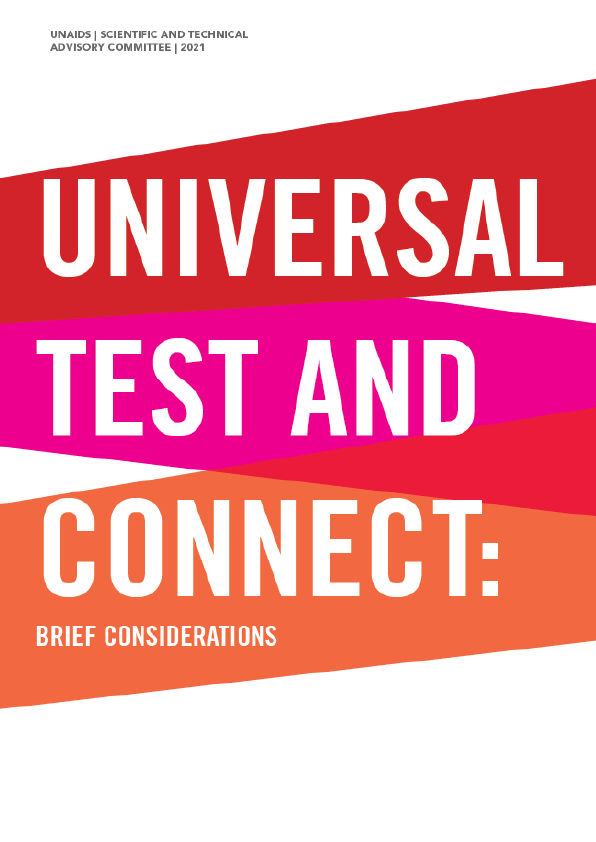This book is based on the idea that there is a particular framework used by economists to interpret observed reality. This framework has been called the economic way of thinking, the economic approach, and the method of economics. This book is different from the many other books that attempt to teach microeconomics in three ways:
- It explicitly applies the recipe of the economic approach in every example.
- It uses concrete examples via Microsoft Excel in every application, which enables the reader to manipulate live graphs and learn numerical methods of optimization.
- The majority of the content is in the Excel workbooks which the reader uses to create meaning.
A First Step
Economists see the world through a special pair of glasses. It takes practice and concentration to learn how to see things like an economist. The interpretation of reality that is the hallmark of modern economics has been called the economic way of thinking, the economic approach, and the method of economics. Thinking and seeing the world like an economist is the ultimate goal of this book.
You will learn the economic way of thinking by working through many examples. Here is the first one.
Optimal Allocation of Worker Hours
Suppose that you manage a tech support service for a major software company. You have two types of callers: Regular and Preferred. Your preferred customers have paid extra money for faster access, which means they expect to spend less time waiting on hold. There are equal numbers of the two types of customers and they call with equal frequency.
Management has given you a fixed number of worker hours per day to answer calls from users needing help. Daily, you have 10 workers, each working 8-hour shifts, and 5 part-time workers (4-hour shifts each); or 100 hours per day in total to support customers calling for help. These 100 hours comprise your Total Resources.
When customers call, an automatic message is played asking the caller to input an ID number and the caller is put on hold. The ID number is used to identify the caller as a regular or preferred customer.
Keeping callers on hold creates frustrated, unhappy customers. The callers are already angry since something has gone wrong with the software and they need help. The faster you get support to the caller the better. You keep track of time waiting (the amount of time, in seconds, that the typical caller is on hold) and you know that it depends on the number of worker hours available to answer the calls.
To keep things simple, assume typical time waiting = 6000/worker hours allocated. So, say there are 80 worker hours available to answer preferred callers. Dividing 6000 by 80 yields 75, which means the typical hold time is 75 seconds. This leaves 20 worker hours for regular callers, so their hold time is 300 seconds (since 6000/20 = 300). Five minutes is a long time to wait on the phone!
The problem becomes an economic problem because you have two types of callers, so you must decide how to allocate your worker hours. When you have to make a decision where you trade-off one thing for another you are doing economics. In this case, the more hours you allocate to one type of caller, the lower that caller’s wait time. That’s the good news.











